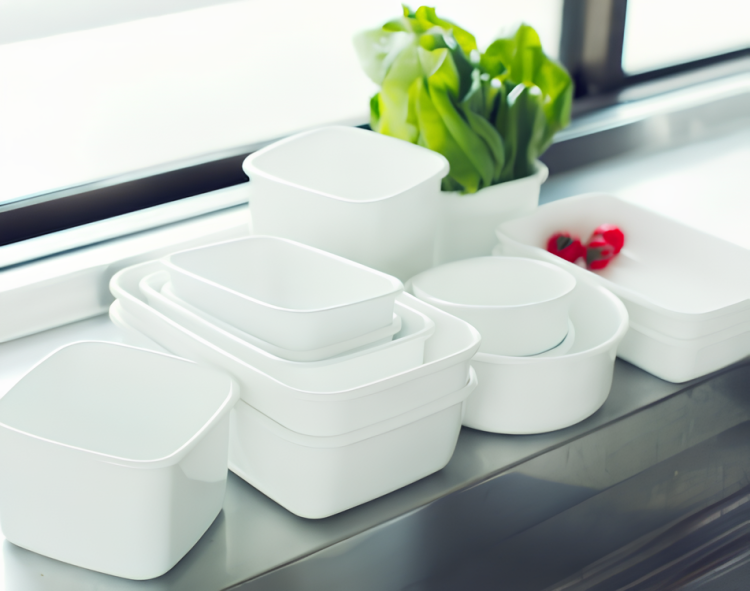News
2024.08.27
Columns
What is Enamel? Exploring its Appeal and Ease of Use

Enamel (“ho-ro (ホーロー/琺瑯/ほうろう)” in Japanese) is a popular material for cooking utensils such as pots, kettles, and food storage containers. Its ease of use and design make it popular in many homes, but do you know what kind of material it is? In this column, we will introduce the origin of the word “ho-ro (ホーロー/琺瑯/ほうろう)” meaning of enamel, its material, history, and the reasons for its popularity.
Table of Contents
1. Where Does the Name “Ho-ro” Come From?
2. What is Enamel Made From?
3. Did it Start Before Christ?! The Long History of Enamel
4. Reasons for the Popularity of Enamelware and Precautions for Use
5. Conclusion
Where Does the Name “Ho-ro” Come From?
Enamel in Japanese is “Ho-ro” (ホーロー/琺瑯/ほうろう). It is written in kanji as “琺瑯”, but because it is a difficult kanji, “ほうろう” in hiragana is used in the JIS standard, and it is often written in katakana as “ホーロー”. In fact, the origin of the word is uncertain, but the most popular theory is that it comes from the Sanskrit word “hu-rin-kan,” which means “cloisonné.”
What is Enamel Made From?
What is enamel made of? Many people may be wondering the same thing. Enamel is a material in which a glassy coating is baked (i.e. glazed) onto the surface of metals such as iron or aluminum at high temperatures. By combining metal and glass, it is a material that combines the advantages of both properties and covers their disadvantages. This characteristic is utilized as cooking utensils and storage containers. It is also used for sinks, bathtubs, and medical equipment.
There is also cloisonné, which is a metal that is coated with a glassy glaze like enamel. It is distinguished from enamel in that the base metal is mainly copper, silver, or gold, and that it is not a household item but an art piece such as an ornament or work of art.
Did it Start Before Christ?! The Long History of Enamel
The origin of enamel (including cloisonné as enamel here) is quite ancient, dating back to the B.C.. The oldest enamel in existence is speculated to have been made around 1425 BC and was discovered in the island of Mykonos. Enamel was also used on the surface of Tutankhamun’s golden mask, made in ancient Egypt, showing that enamel has played a role in art and decoration since then. It is said that the technology was introduced to Japan from China and the Korean Peninsula during the Asuka period, and the famous work is the Twelve Imperial Tombs Mirror of Shosoin, made in the Nara period (8th century). Enamel as a modern-day everyday item began in Japan with the development of enamel pots during the Edo period. After that, kettles, cups, storage containers, etc. were made, and enamel as a daily item spread to ordinary households.
Reasons for the Popularity of Enamel and Precautions for Use
The reason why enamel is popular is that it combines the advantages of metal and glass, as follows.
○Characteristics of Metal
・Heat resistant up to 400℃. Suitable for use on open flames and in ovens.
・Insulation that keeps heat from escaping, and cold insulation that keeps cold things from getting lukewarm.
○Characteristics of glass
・Resistant to acids, alkalis, UV rays, and rust.
・Less likely to get dirty or smelly, and less likely to breed bacteria.
・Beautiful color and gloss, with a high level of design.
However, there are some points to be aware of, as listed below.
・Cannot be used in microwave ovens.
・Although not as vulnerable to strong impacts as ceramics or ordinary glass products.
・Beware of sudden temperature changes, as they may crack.
・Because glass is vulnerable to scratches, it is recommended to use wooden or silicone spatulas and ladles during cooking. Avoid using metal scrubbers or cleansers when washing.
・Rust may occur in scratched areas, thin glass areas, or when exposed to moisture or salt for a long time.
Although there are some points that require a little caution, the great benefits of enamel are what attract people.
Conclusion
Enamel has been treasured by people since B.C. as a work of art, and in modern times as a cooking utensil and storage container. It is popular because it is a material that has the characteristics of both metal and glass, and is easy to use and has good design. If you use enamel containers at home, you don’t have to worry about foods that are sensitive to odors or color transfer, such as pickles and curry, and if you have items with the same design, the appearance will be unified and neat. There are products with a variety of designs, so why not find one you like and use it in your life?
Imoto Sangyo handles a wide variety of kitchen utensils, tableware, and daily goods.
For more information, please see the “Goods and Cases” page.
(Reference)
Japan Enamel Industry Association
About the History of Enamel
Nodahoro
Enamel – Wikipedia
Shippo – Wikipedia
Category
Archive

